In 1853, Thomas Oxborough moved to Minnesota from Canada. He was born in England in 1814. He settled on a farm located near present-day 90th and Lyndale. Soon after, his three brothers - John, Robert, and William Oxborough - emigrated from England and settled nearby. The four Oxborough farms covered this entire area from 90th Street to 98th Street down Lyndale.
By the 1860s, the town Bloomington consisted of four neighborhoods: Bloomington Ferry, Oak Grove, Oxborough-Heath, and Bloomington.
In 1900, Charlie Scott built a half-mile, oval race track on the west side of Lyndale south of 94th Street. The track brought in visitors from around the cities until another race horse and track eclipsed the events at Charlie Scott's track.
In 1902, Colonel Marion Willis Savage, who lived in Bloomington at the time, purchased the celebrated race horse "Dan Patch" and moved him to Hamilton (later Savage), Minnesota. Savage's mansion stood on the bluffs overlooking the Minnesota River (the Masonic Lodge is built upon the mansion property), and he purchased about 650 acres on the other side of the river where he built barns and two race tracks. So many people wanted to see his horse that in 1907, he created the Minneapolis St. Paul Rochester and Dubuque Electric Traction Company (MStPR&D) commonly simply called "the Dan Patch line." This line ran right through Oxborough-Heath (which, at this time was started to be called "Oxboro Heath"). So many people started stopping off in Bloomington on this line that the neighborhood really took off. The Dan Patch Line really brought Oxboro Heath into its own. The Dan Patch line still stands today, as you can follow it from the west side of the lake around the town hall and down Old Shakopee Road.
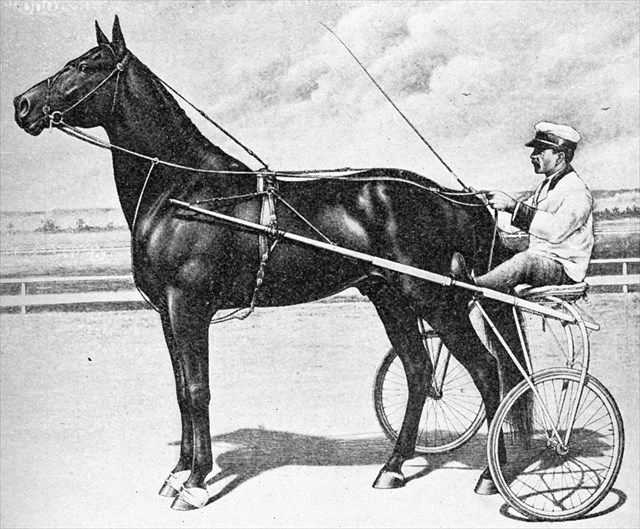
Dan Patch
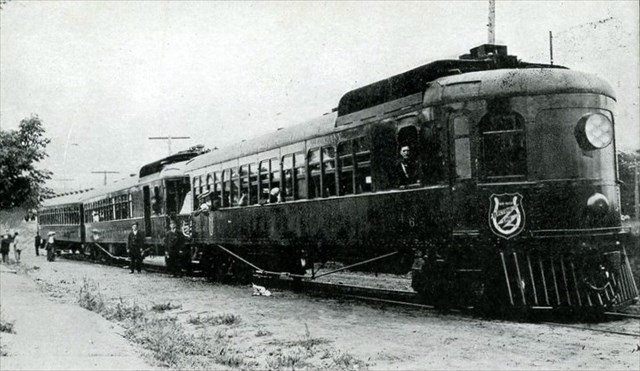
Dan Patch Electric Railroad Line
In the 1910s and 1920s, this area really took off. Vegetable stands took off in the area, catering to the visitors from Minneapolis. Soon after, the first commercially baked bread was sent in wooden boxes and milk was sent via the Dan Patch line to customers in downtown Minneapolis. As cars started becoming more popular, a lot of the local grocery stores started using them to deliver groceries to Minneapolis. Lyndale Airport was formed near Lyndale and 100th Street, where present day I-35W stands. In 1935, a fire struck the Lyndale Airport and burned the hangars and some planes, after which all operations were moved to the other side of the lake to the Nicollet Airport, which was located around 93rd Street and Nicollet. During World War II, the Nicollet Airport closed and never reopened.
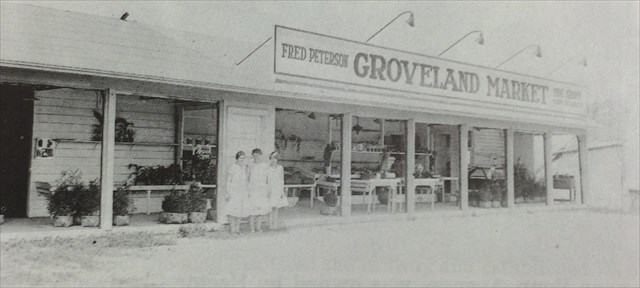
Peterson Vegetable Market at 97th and Lyndale
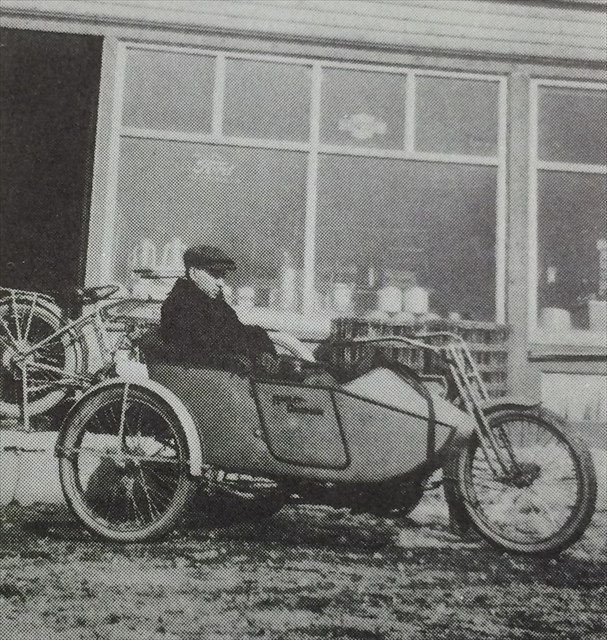
Elmer Scott delivers groceries in 1915 on a motorcycle and sidecart
In 1922, a post office opened to handle all of the commercial business in the area, and Oxboro Heath was officially on the map.
Throughout the 1920s, Oxboro Heath even had a baseball team that played over in Burnsville near the old Cedar Avenue Bridge. In one of the ironies, the manager of the Oxboro Heath baseball team was Bob Gerhardt, who owned a truck farm - which stood on the land that would later become Metropolitan Stadium, the original home of the Twins (the site of the present-day Mall of America).
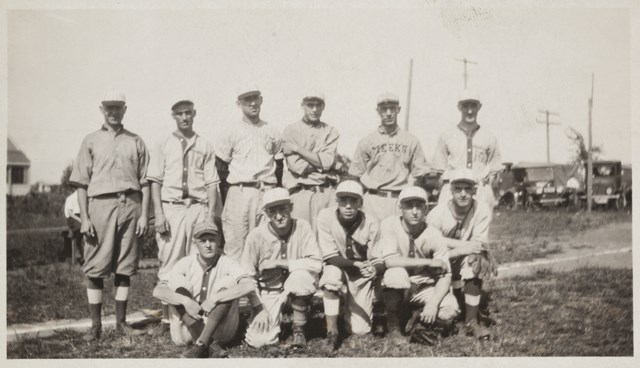
Oxboro Heath Baseball Team
After World War II, Bloomington saw its population soar from 3,600 in 1940 to 10,000 residents in 1950 to 52,000 by 1960! At that time, the lines between the neighborhoods blurred. In 1948, the Oxboro Heath post office closed, and in 1953, the city incorporated, encompassing all of the neighborhoods. Oxboro Heath ceased to exist, as it was now part of the City of Bloomington.
However, that is NOT the end of the story. In 1955, a novelist named "Feike Feikema" changed his name to "Fred Manfred." He lived in one of Bloomington's bluff homes since 1945. At that time in 1955, he made his case for changing the name of the city. He didn't like the name Bloomington for a variety of reasons, some of which are because it reminded him of the "uncomfortable word 'bloomers'" and an "uncomfortable cuss-word with 'bloomin' in it." He also discovered that there are seven communities named Bloomington in the United States. However, there was no other community anywhere in the world named "Oxboro." Because of the uniqueness, he proposed renaming the city from Bloomington to Oxboro.
Over several weeks, however, his proposal was met with very unfavorable responses. Wrote one woman to the Sun newspaper: "Personally, I like Bloomington-on-the-Minnesota. Let's keep the old name. More than a hundred years of usage should establish a name."
And then came the letter that pretty much spelled the death knell for the name of Oxboro: "True, the name of 'Blooming Town' has reached the ears of everyone of us, but isn't it the truth? Have you ever seen a village burst into bloom more rapidly than ours? Mr. Manfred seems to be living in the past instead of moving into the future. The Ox-and-Burro days are no longer with us. This is the jet-propelled age and let's live it up a little with a more distinguished title."
And so with that, Bloomington became the name of the community, and the names Oxborough, Oxboro, and Oxboro Heath all faded from the maps. The name, however, still lives on - it is the name of this lake, this park, and this section of town. Many local business have adapted the name Oxboro, as has the local branch of the public library.
Still, Bloomington owes much of its success to this small neighborhood that played such an important role in its historical development. This cache is dedicated to those who played a role in the history of this community.